Opportunistic Eaters: The Story Behind the Tick
Opportunistic Eaters: The Story Behind the Tick
“Questing”
Contrary to popular belief, ticks aren’t hiding in the woods waiting to jump on you as soon as you walk by. In fact, ticks cannot jump at all! As members of the arachnid family, ticks are expert climbers however and will use this skill to their advantage to find hosts. Climbing to the top branch of a bush, the end of a blade of grass, or the side of trees, the ticks will sit in rest, raising their front two limbs into the sky. These creepy, spindly arms have pads at the ends of them that are sticky and are meant for grabbing onto unsuspecting passersby. This tick practice is referred to by two names, “host seeking” and “questing,” and it is how ticks end up on your clothing, in your dog’s fur, or even in your hair.
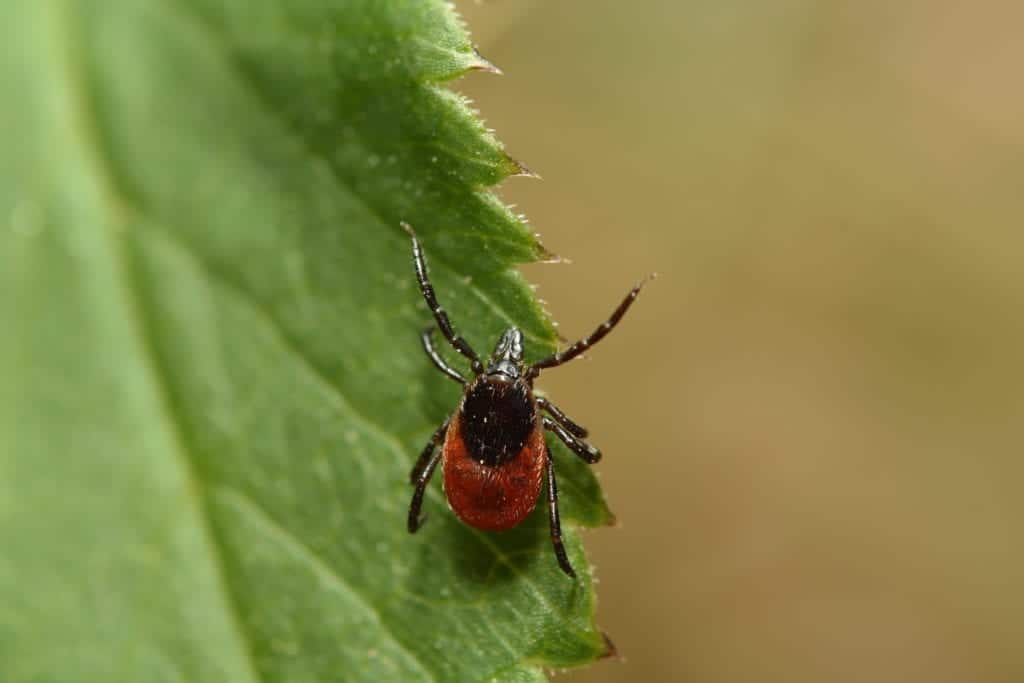
Bad Bites
Once a tick has found a host, they are immediately on the prowl for the best place to hide and feast. They prefer to latch on to their host’s body in cervices like arm pits or underneath hair where they feel hidden. They then split open the skin of their victim and insert their heads with a barbed, straw-like appendage sinking into the flesh. This makes them difficult to remove and, while it sounds painful, the saliva of ticks contains a local anesthetic that numbs the area, making the host unaware of the attacking parasite. This saliva also contains an anticoagulant so that the blood does not clot and continues to flow, along with suppressants for the immune system so that the body cannot respond by creating a large itchy bump or any other sort of reaction that would clue a host into their presence.
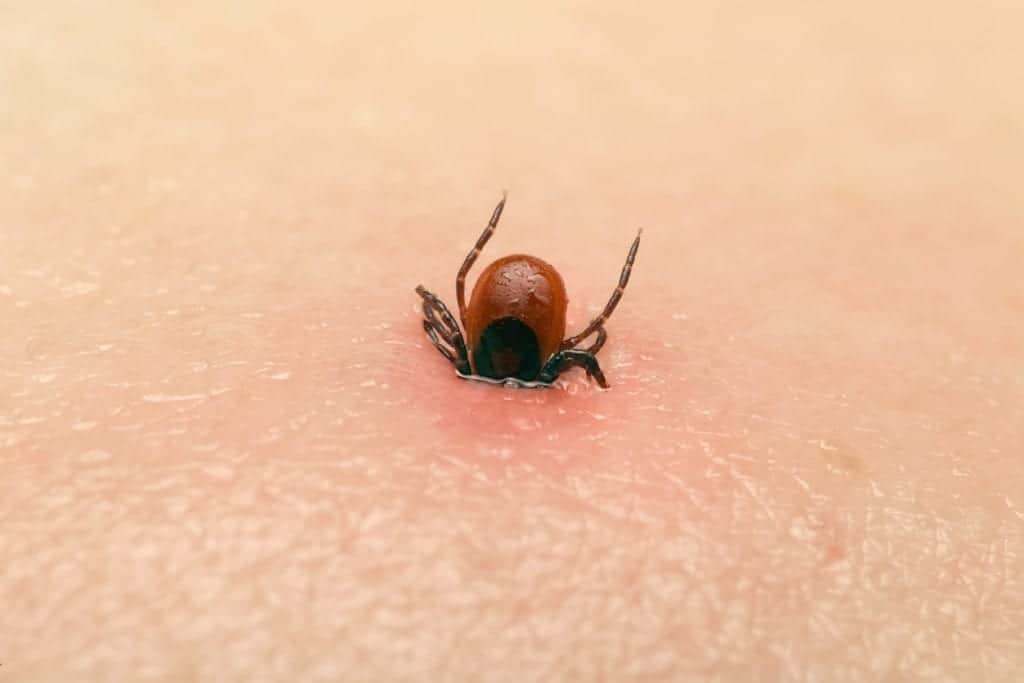
Blood-Sucking Survivalists
Similar to bed bugs, ticks can survive an extremely long time without feasting on blood. Depending on the specific species, some of these vampiric arachnids can even survive up to two years without consuming a sanguine meal. Aside from this superpower against starvation, ticks are surprisingly resilient in a myriad of other ways. They are resistant to drowning with some species able to withstand three days under water and, simultaneously, ticks can also withstand significant droughts. Washing them down a sink or even flushing them down the toilet can result in the little creeper crawling right back up the drain and into your home once more. Ticks can also withstand significant cold and heat, making them almost as durable as the infamous cockroach.
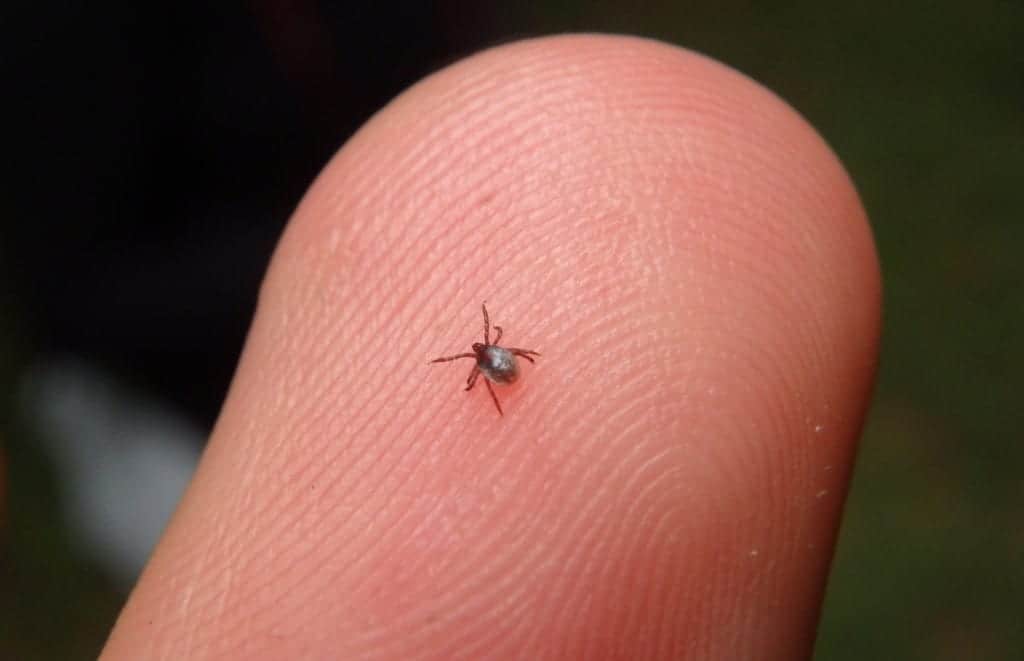
Tick-Borne Diseases
No matter what stage of their life cycle that a tick is in, if it is infected with disease, it is able to spread the pathogens onto a new victim. Ticks are notorious vessels of dastardly diseases and are well known for transmitting both Lyme disease (characterized by a bullseye rash) and Rocky Mountain Spotted Fever. Tickborne diseases range from mild symptoms such as fever/chills, aches/pains, and rash, to severe medical emergencies that can require hospitalization. In some cases, when tickborne diseases are not attended to in a timely manner it can even cause lasting complications including, but not limited to, neurological damage and hearing loss.
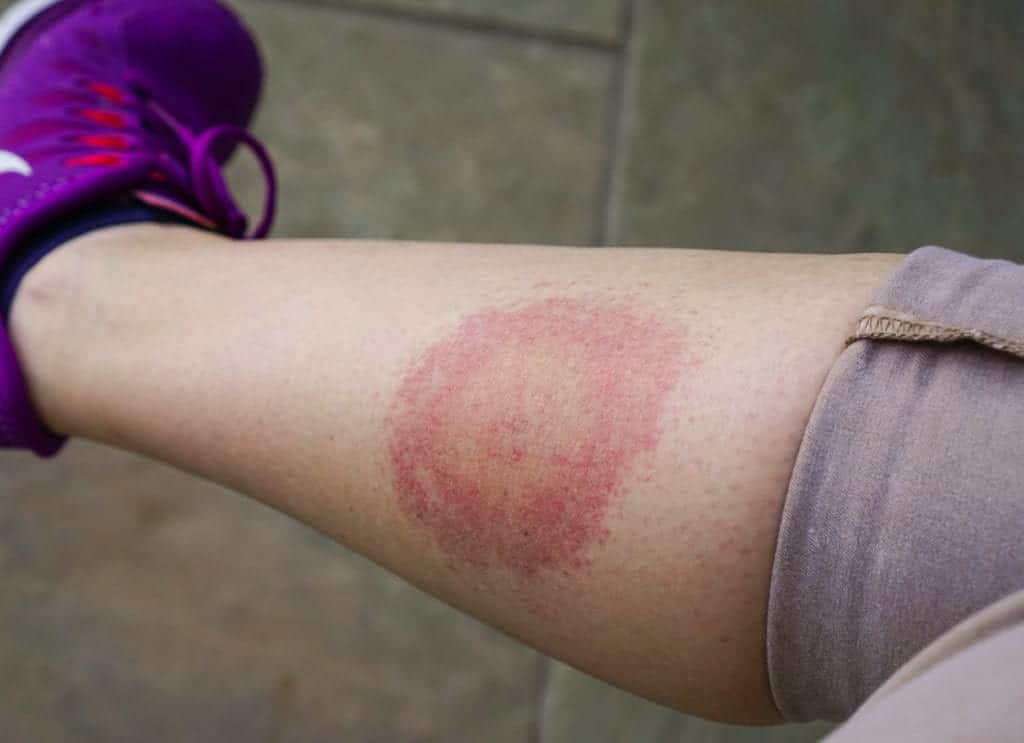
The All-Important Tick Check
After being in any wooded areas or locations where ticks are known or suspected to inhabit, it is extremely important to conduct a tick check. Look in any seams or folds of clothing, pockets, the belt region, any hats, and the lacing of your shoes. Be sure to also check under armpits and behind the knee. When you happen to be with friends and family it is extremely helpful to check one another by looking at one another’s backs, the nape of the neck and even in the hair if necessary. It can also be helpful to check yourself over once more prior to a shower when clothing is no longer in the way, and be aware of any tiny bumps that you may feel on your scalp while washing your hair as it may be an attached tick. Be warned… ticks can be tiny so you will want to inspect carefully to insure you don’t miss one. Stay safe! Stay tick-free!
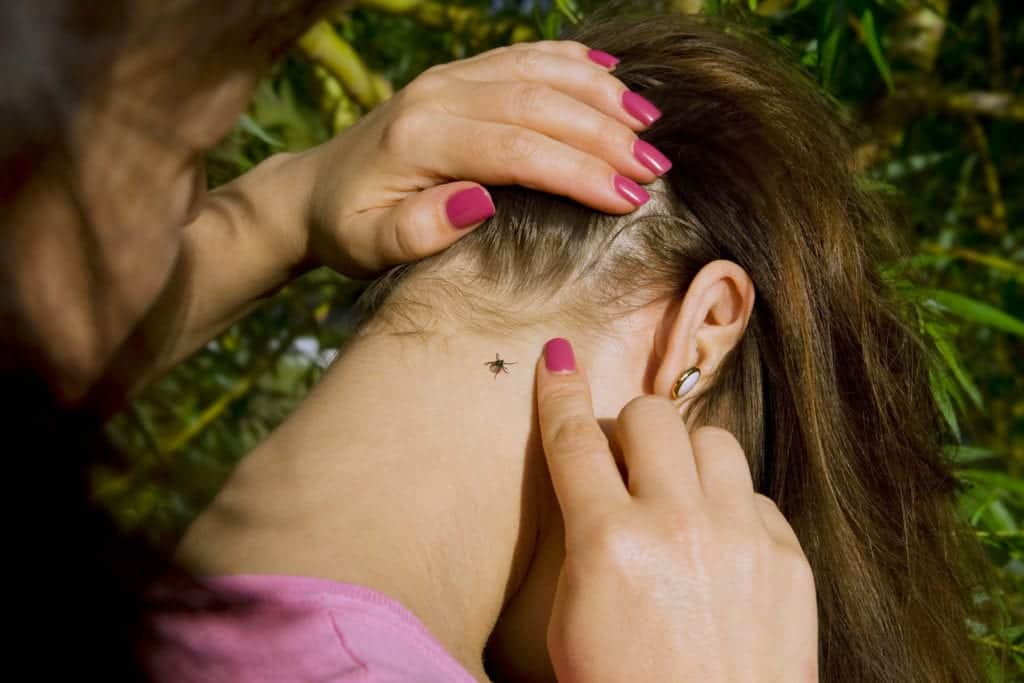
Citations
Anderson, D. and Tufts, D. (2019) Why Ticks are So Hard to Kill, YouTube. Science Insider. Available at: https://www.youtube.com/watch?v=5bEimiIZ9dA (Accessed: June 2020).
University of Cincinnati (2017) Ticks are Even Tougher and Nastier Than You Thought, ScienceDaily. U of C. Available at: https://www.sciencedaily.com/realeases/2017/09/170925133016.htm (Accessed: June 2020).
Request a Free Quote Today
(We do not share your data with anybody, and only use it for its intended purpose)


